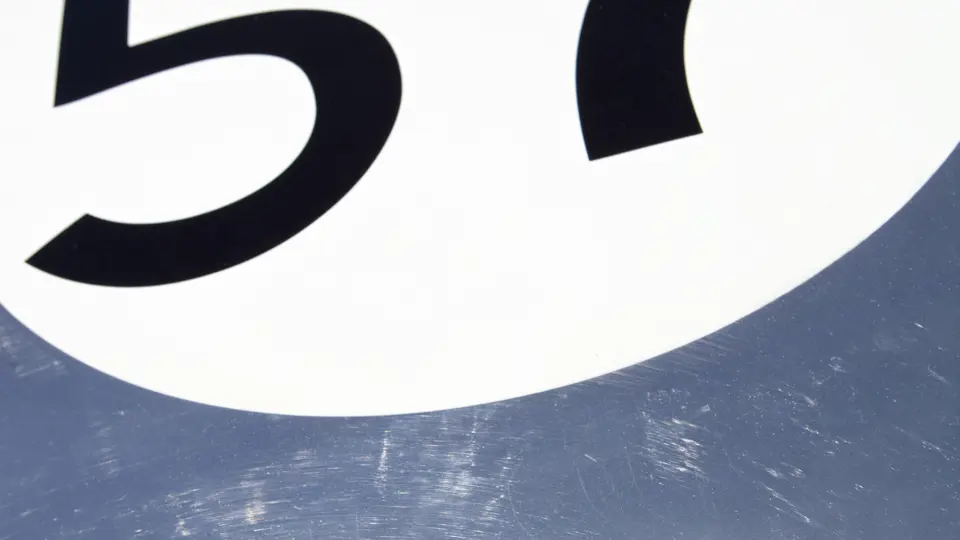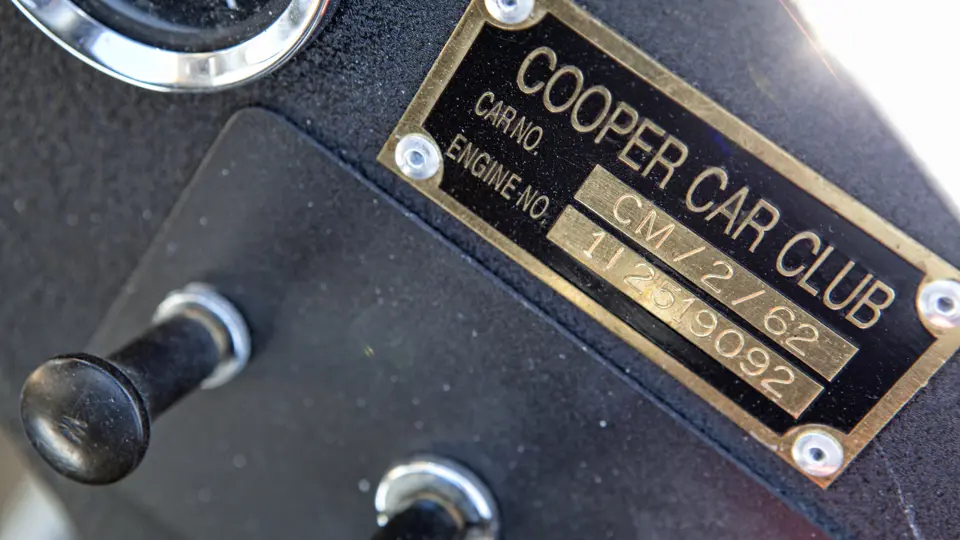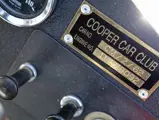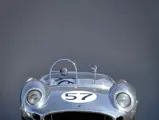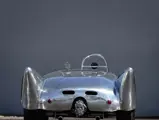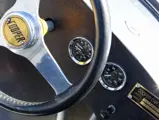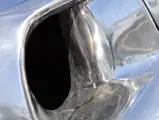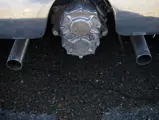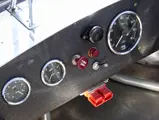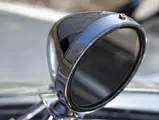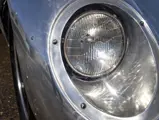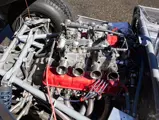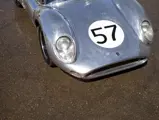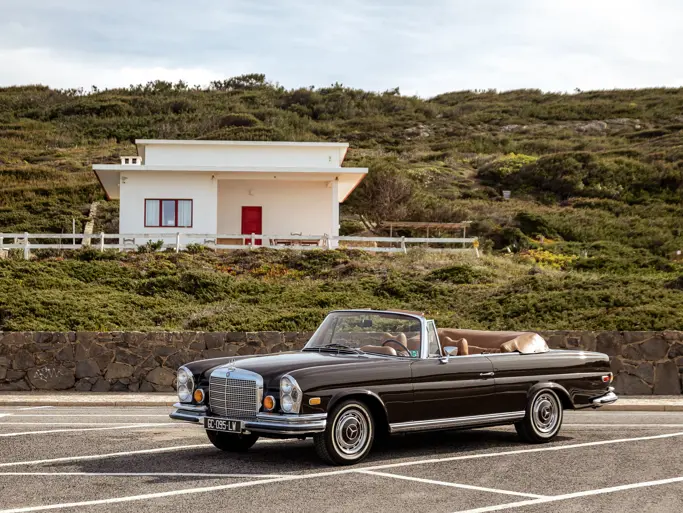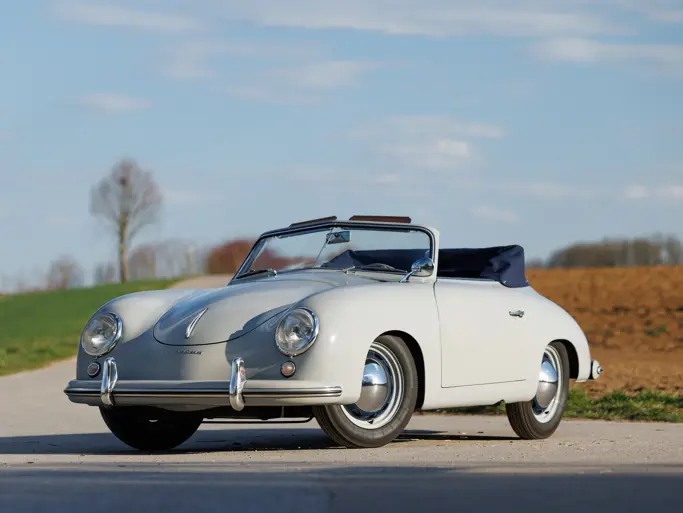250+ bhp, 3,528 cc OHV aluminum V-8 engine, four-barrel carburetor, four-speed manual gearbox, independent front suspension with wishbones, coil-springs and anti-roll bar, rear suspension by wishbones and transverse leaf springs, and four-wheel hydraulic disc brakes. Wheelbase: 91"
Please note that this vehicle will be sold on a Bill of Sale only.
• Driven by Graham Hill in two West Coast Pro Series races in 1962
• Successfully campaigned by Bill Sturgis from 1962–1963
• Completely rebuilt to mid-60s specifications with aluminum Buick V-8
Having won the Formula Two Manufacturer’s World Championship in 1959, John and Charles Cooper returned to sports car construction with the Monaco sports racer, powered by 1.5-liter, or 2-liter Coventry Climax SOHC aluminum engines, and using the transmission and suspension from the 1958 Grand Prix cars. When the FIA focus shifted to GT cars in 1961, Cooper Monacos and Lotus 19s were shipped over to the U.S. to compete in what would be the forerunner of Can-Am racing, alongside Maseratis, Scarabs, and Chaparrals. The car on offer today is one of those sports racers, fitted with the tall fins specified by Cooper for American racers.
Originally imported by Von Housen Motors, of Sacramento, California, in 1962, CM 2-62 was raced by William Sturgis, of Gardnerville, Nevada, with great success. According to journalist Gary Jarlson, who also photographed the 1962 races, Sturgis won at Salt Lake City, Oakland and Riverside and was second at Oakland and Tucson. He also posted a DNF twice at Riverside. The last record of the 1962 season has Sturgis leading the series on points. Historically more significant, however, is that Sturgis lent his car to soon-to-be Formula One World Champion Graham Hill to run two races in a West Coast Pro Series. Photographs exist of Hill in the corkscrew at Laguna Seca, but sadly, he DNF’d there, with brake and transmission woes.
In 1964, the Cooper was acquired by Washburn Motors, of Santa Barbara, which removed the two-liter Climax engine and fitted a 327-cubic inch Chevrolet Corvette V-8 engine and “McKee” four-speed gearbox. Noted mechanic Tony Settember performed the conversion, but the car was never raced, as Washburn turned his attention to racing Camaros in Trans-Am. The Cooper Monaco was sold to George Lehman in 1969, complete but not running, and Lehman determined the old Cooper frame was unsafe, so he built a Group 7 aluminum monocoque tub. The car was completed, but his money ran out, so it was dismantled and stored for a further 28 years.
Present owner and racer David Springett bought the Cooper Monaco from George Lehman’s family in 2000 and commenced restoration in the most competitive American Can-Am configuration from the mid-1960s. Much of the car remains as original Cooper, but the Can-Am specifications include a rebuilt Buick aluminum V-8, Halibrand quick-change magnesium transmission, and Hurst Airheart alloy twin-pot brakes. Almost 50 years after its glory days, this gleaming aluminum sports racer is once again ready to take on the competition in the historic races.


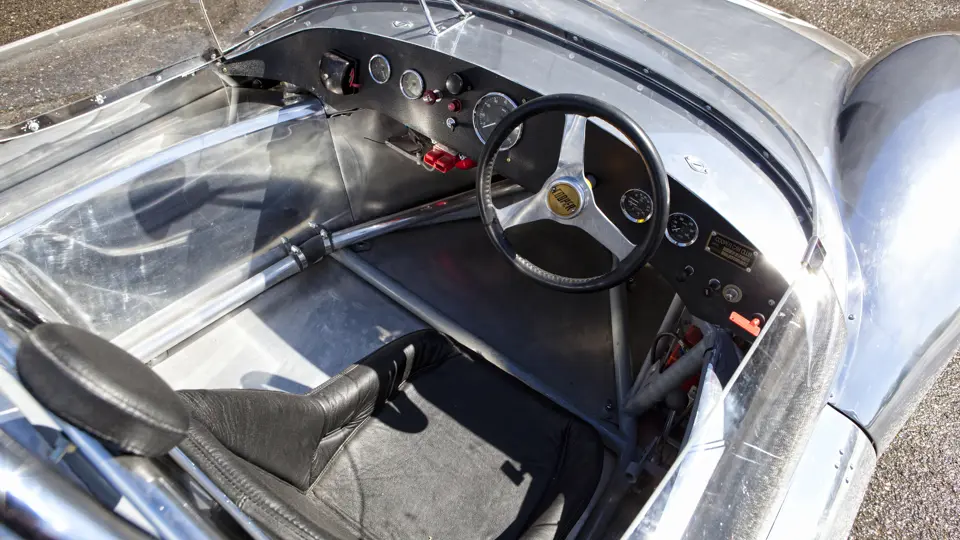

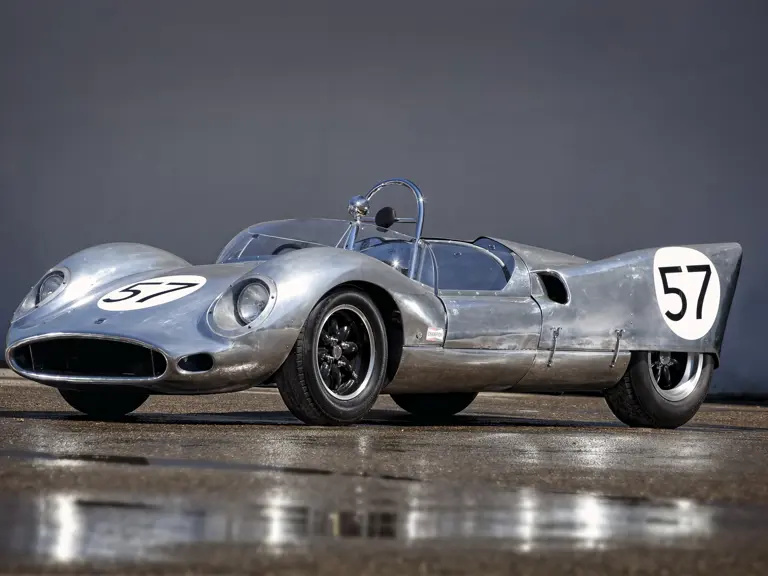

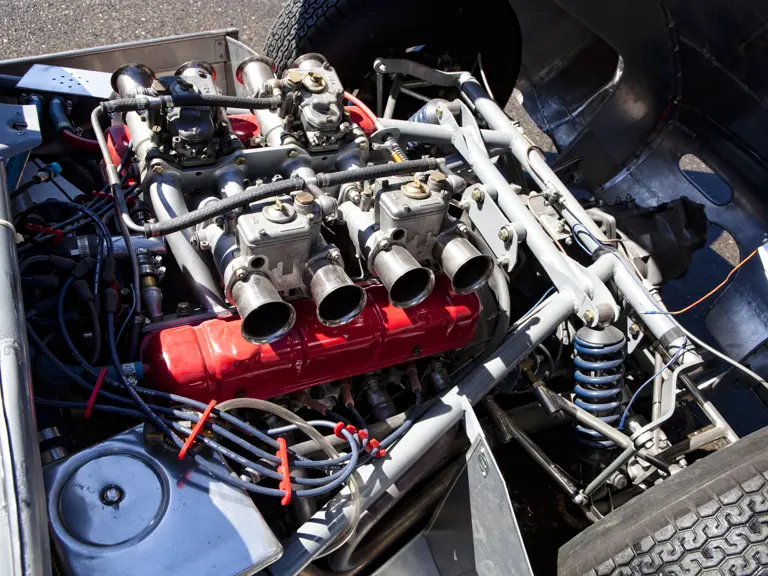

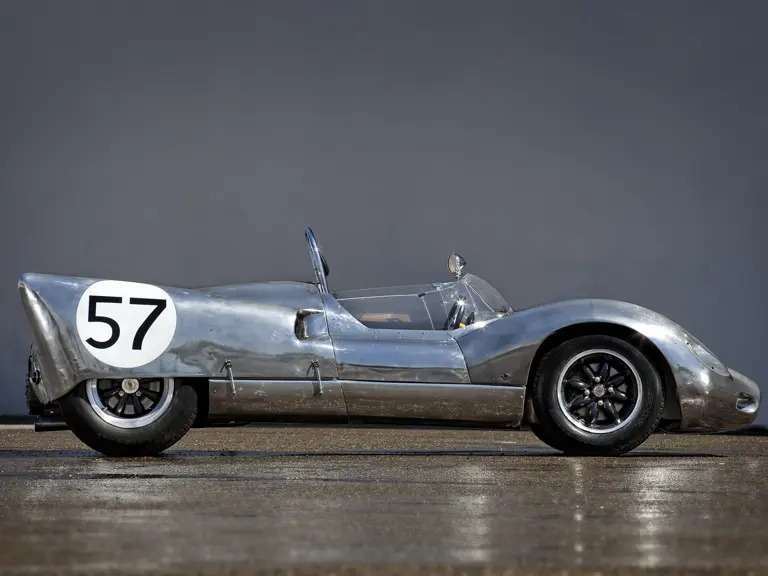
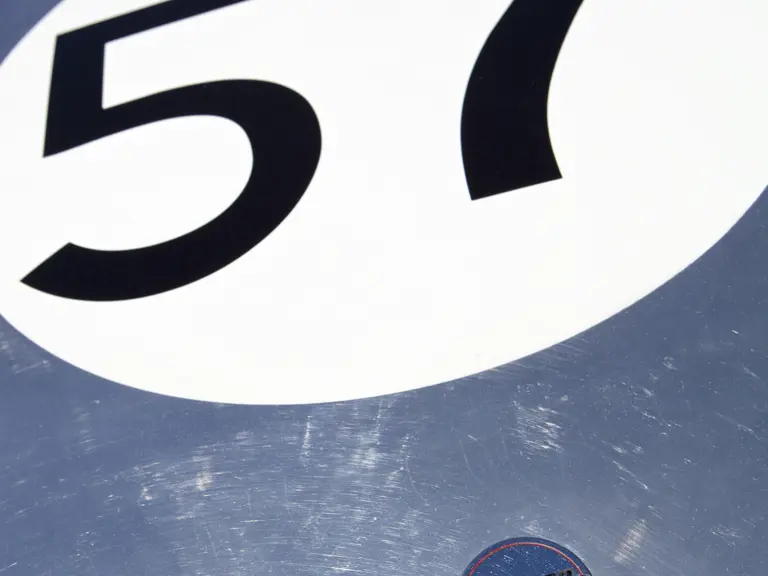
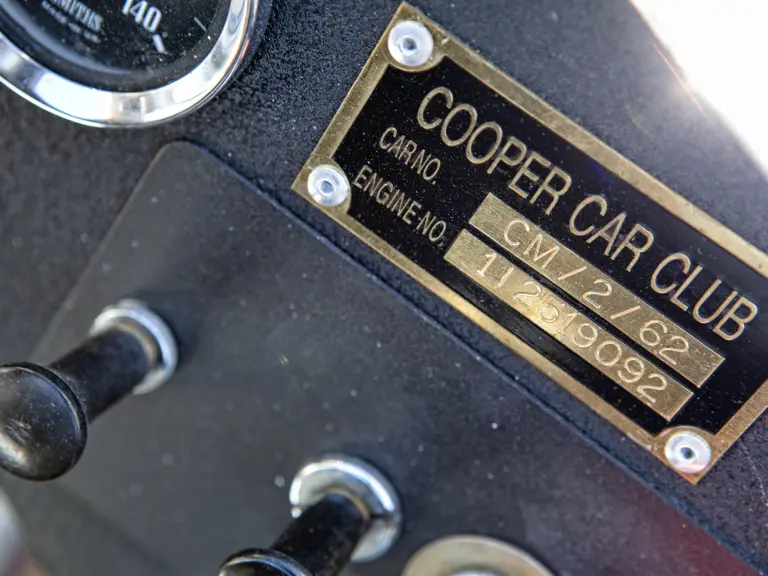
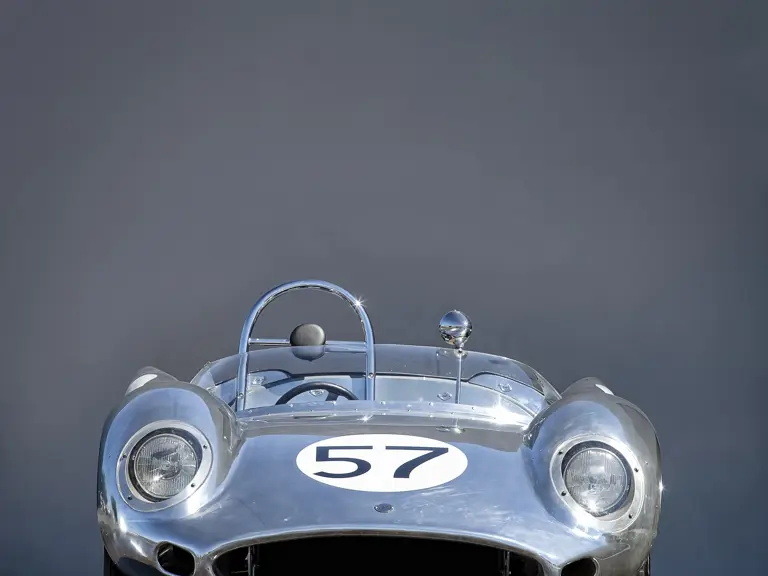

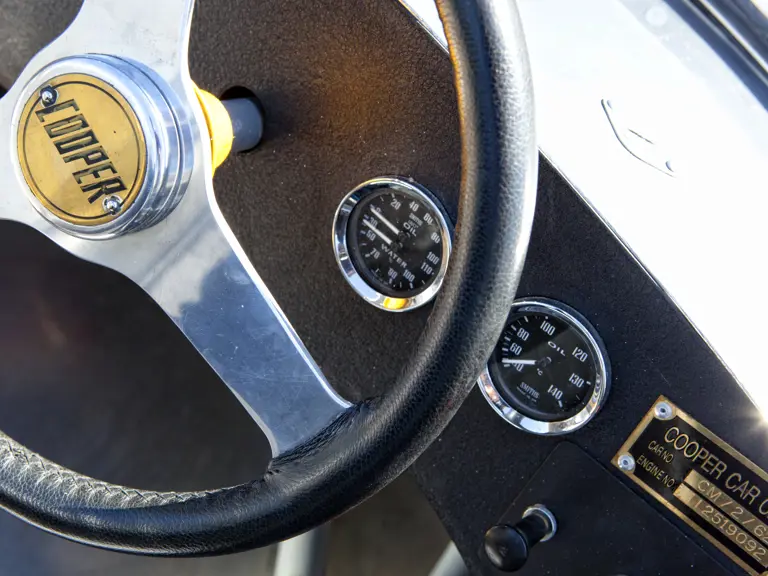
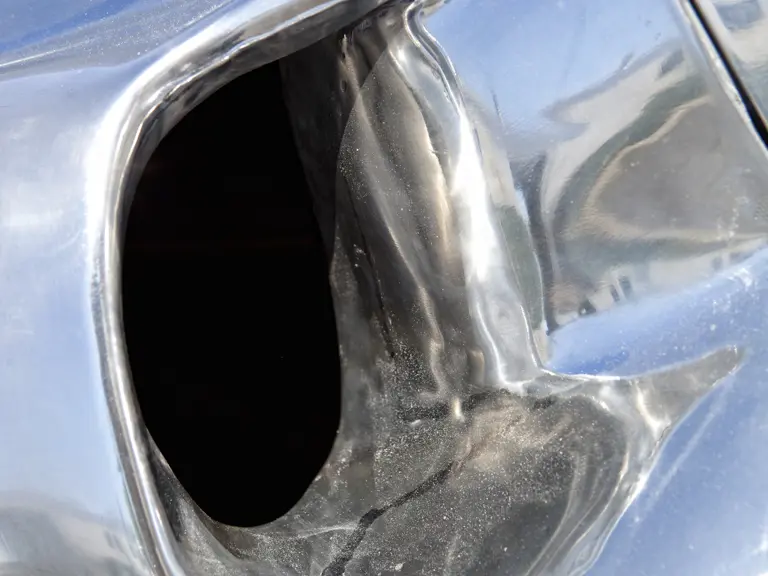
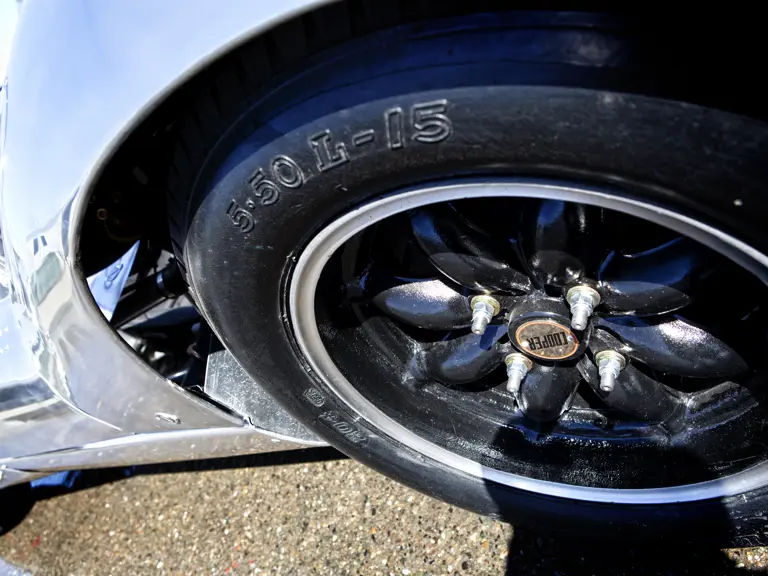
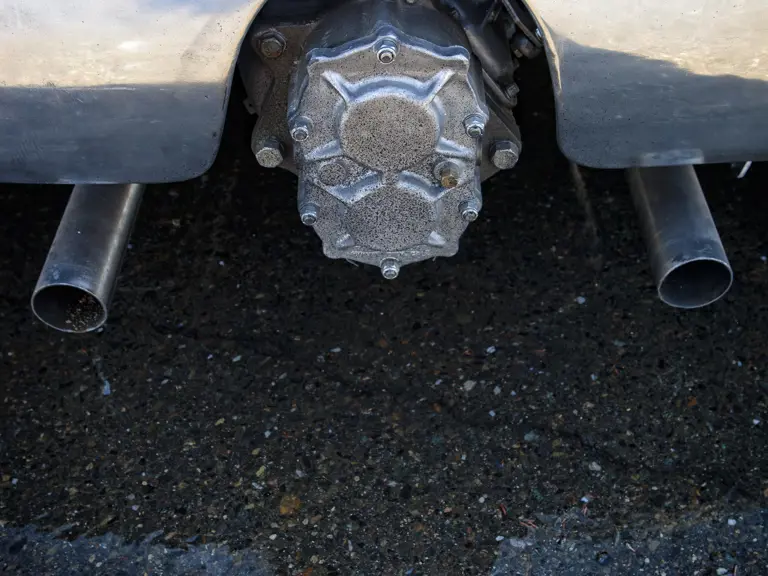
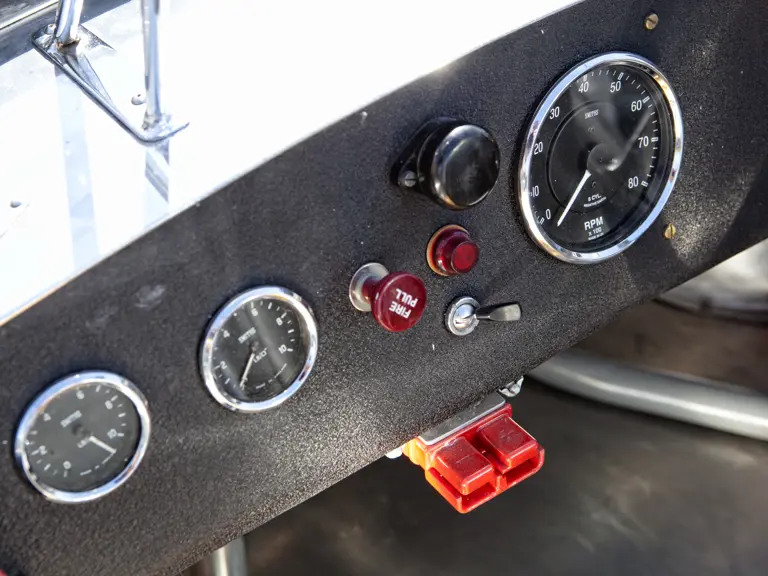
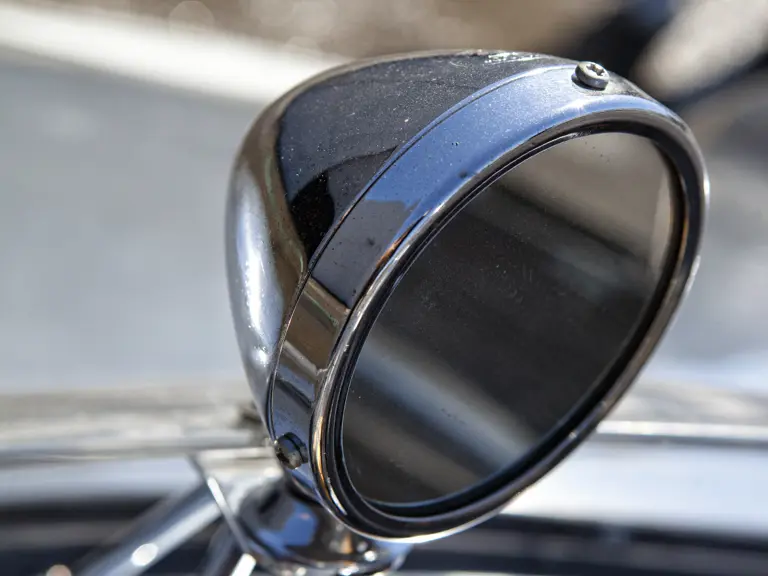
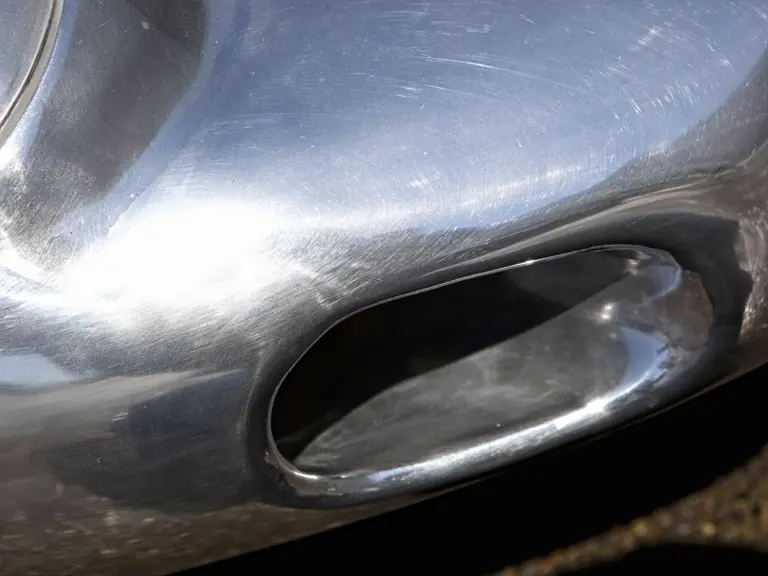
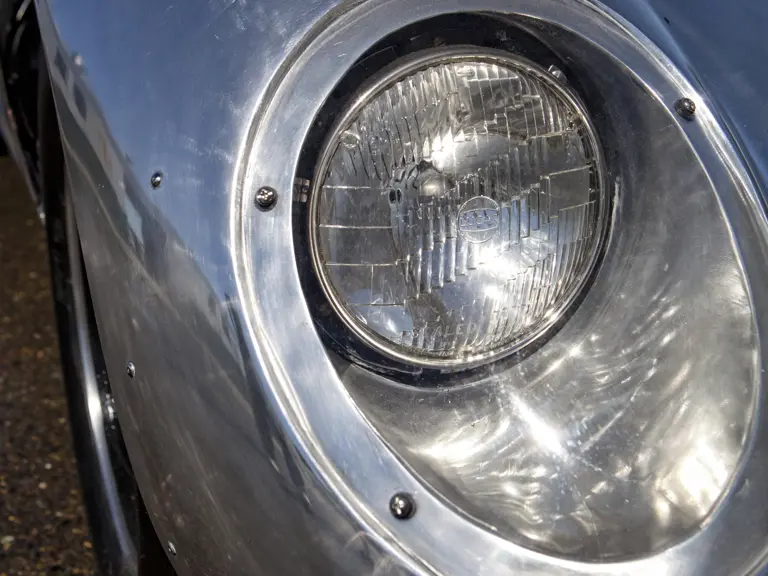

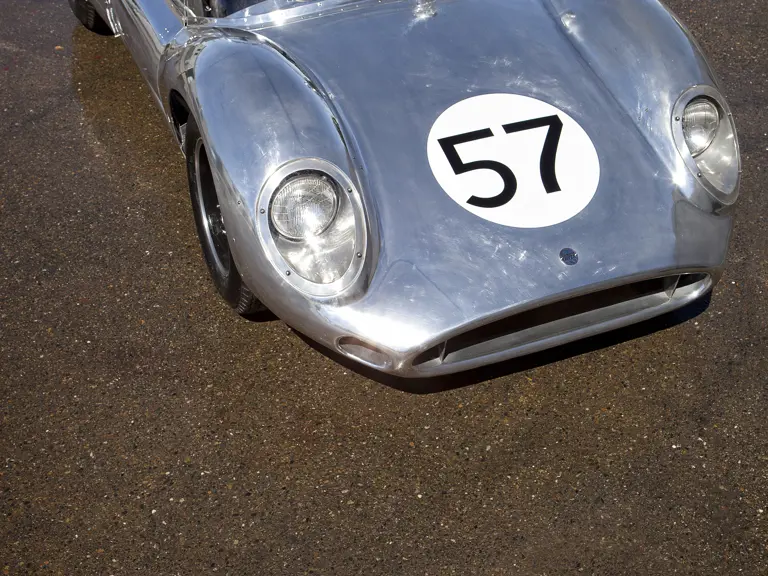
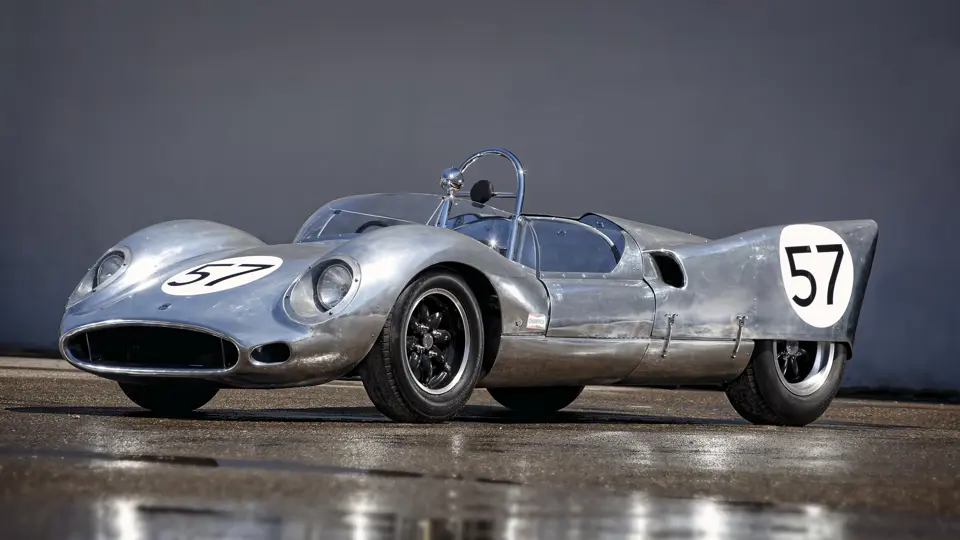
 | Monterey, California
| Monterey, California

